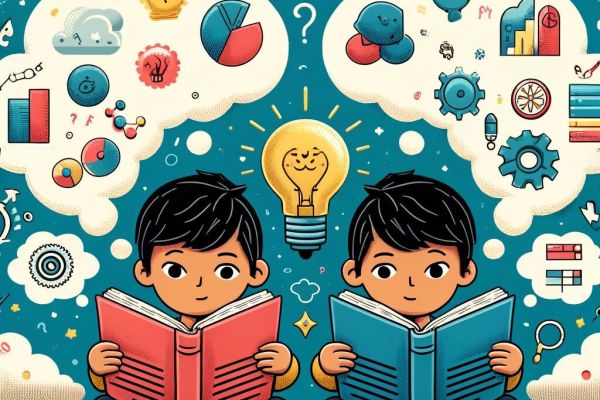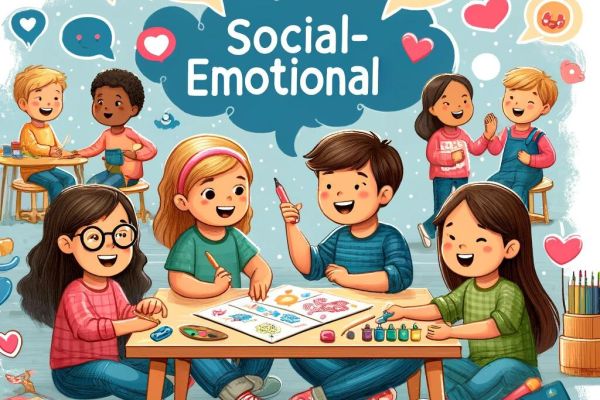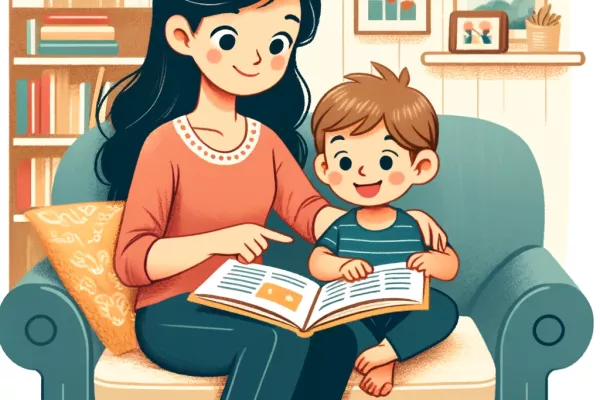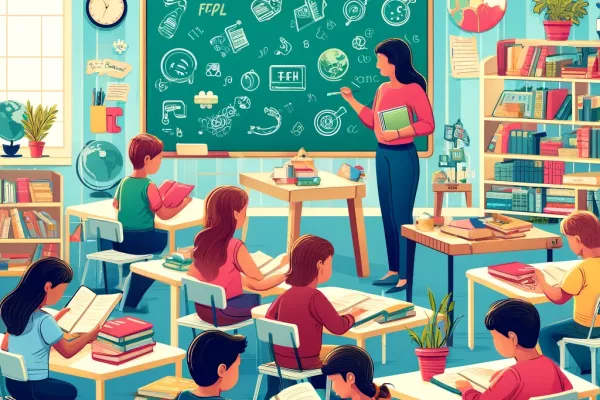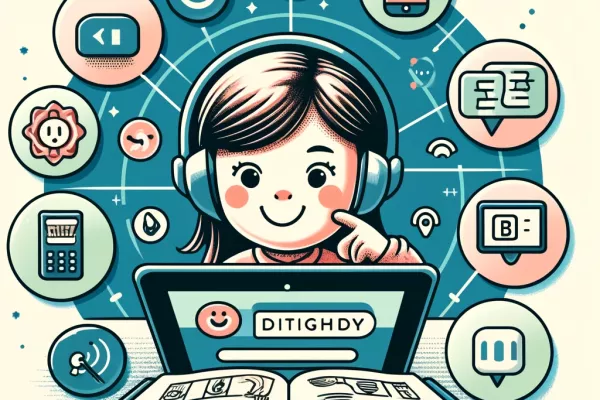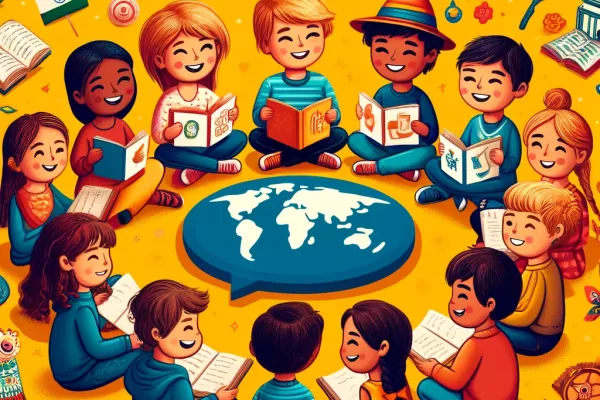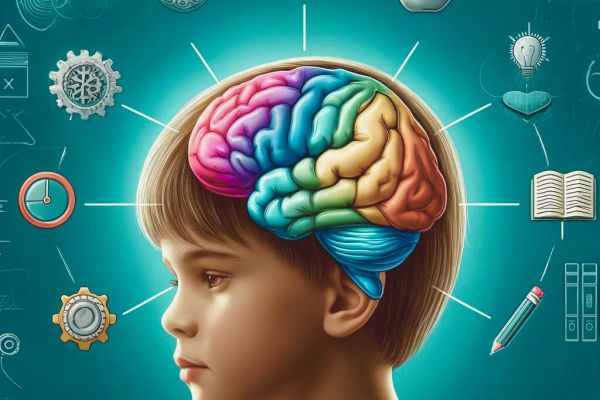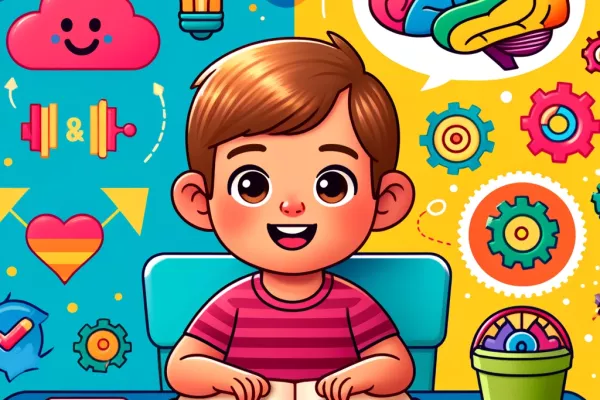Biliteracy and Its Role in Enhancing Critical Thinking Skills
Biliteracy enhances critical thinking skills by encouraging children to navigate and understand two different linguistic systems. This dual-language processing fosters analytical thinking, as children must constantly compare, contrast, and switch between languages. Research by Bialystok (2001) shows that bili...
The Economic Benefits of Biliteracy
Biliteracy offers significant economic benefits for individuals and society. As globalization continues to shape the job market, bilingual individuals are increasingly sought after for their language skills and cultural competencies. Research by Gándara and Hopkins (2010) indicates that bilingualism ca...
The Role of Biliteracy in Enhancing Family Engagement
Biliteracy plays a crucial role in enhancing family engagement, particularly in multilingual households. When parents and children share reading experiences in multiple languages, it strengthens family bonds and supports language development for both generations. According to Kenner (2004), engaging in biling...
Biliteracy and Social-Emotional Development
Biliteracy not only supports cognitive and academic growth but also plays a crucial role in social-emotional development. Learning to read and write in two languages helps children develop a strong sense of identity and self-confidence. It also fosters empathy, communication skills, and social awareness.
The Role of Read-Alouds in Biliteracy Development
Read-alouds are a powerful tool for promoting biliteracy in young children. Listening to stories read aloud in both their native and target languages helps children develop listening skills, vocabulary, and comprehension. Read-alouds also provide an engaging and enjoyable way for children to experience langua...
Biliteracy and Academic Achievement
The academic benefits of biliteracy are well-documented. Children who learn to read in two languages often outperform their monolingual peers in various academic areas. Biliteracy enhances cognitive skills such as critical thinking, problem-solving, and creativity, which are essential for academic success.
The Role of Technology in Supporting Biliteracy
Technology plays a pivotal role in supporting biliteracy, offering innovative tools and resources that make language learning more accessible and engaging. Digital platforms like Read in 2 Languages provide interactive e-books, read-aloud features, and companion activities that enhance the biliteracy experien...
Biliteracy and Cultural Understanding
Biliteracy goes beyond language proficiency; it also fosters a deep understanding and appreciation of different cultures. When children learn to read in two languages, they are exposed to diverse cultural narratives, perspectives, and traditions, which enrich their worldview.
The Impact of Biliteracy on Brain Development
Learning to read in two languages has a profound impact on brain development. Bilingualism engages both hemispheres of the brain, leading to improved cognitive functions and structural brain changes. According to a study by Mechelli et al. (2004), bilingual individuals have increased gray matter density in ar...
The Cognitive Benefits of Biliteracy for Young Children
Biliteracy, or the ability to read and write proficiently in two languages, offers significant cognitive advantages for young children. Research has shown that children who learn to read in two languages develop enhanced cognitive abilities, including better problem-solving skills, improved memory, and greate...
